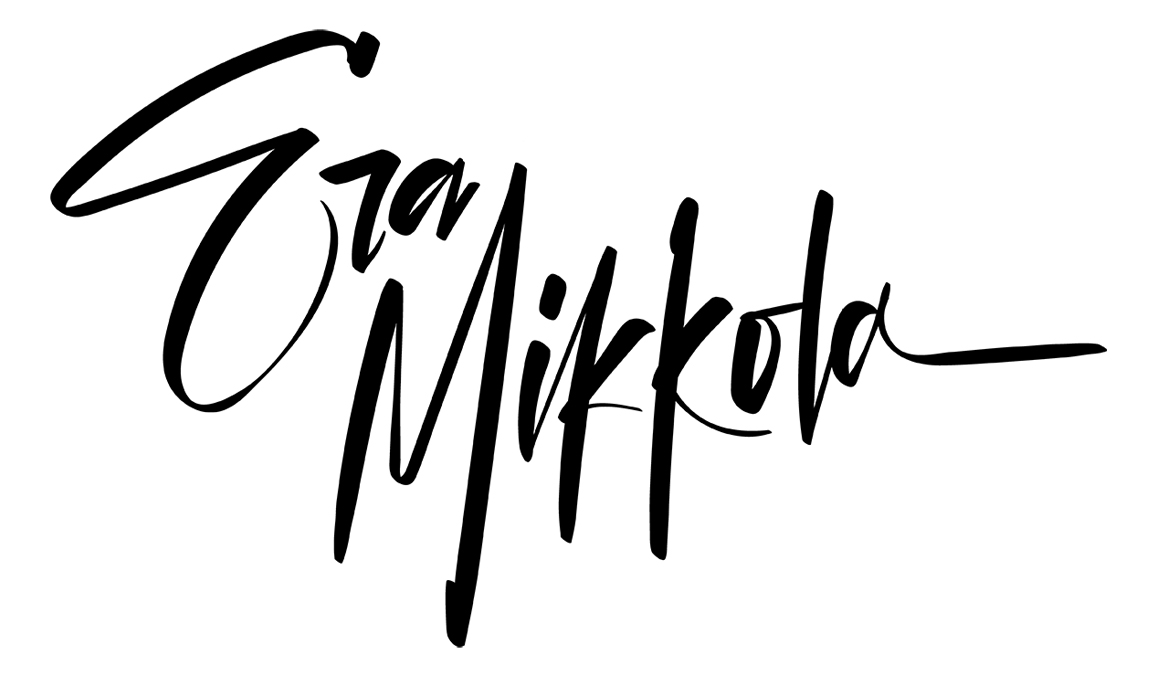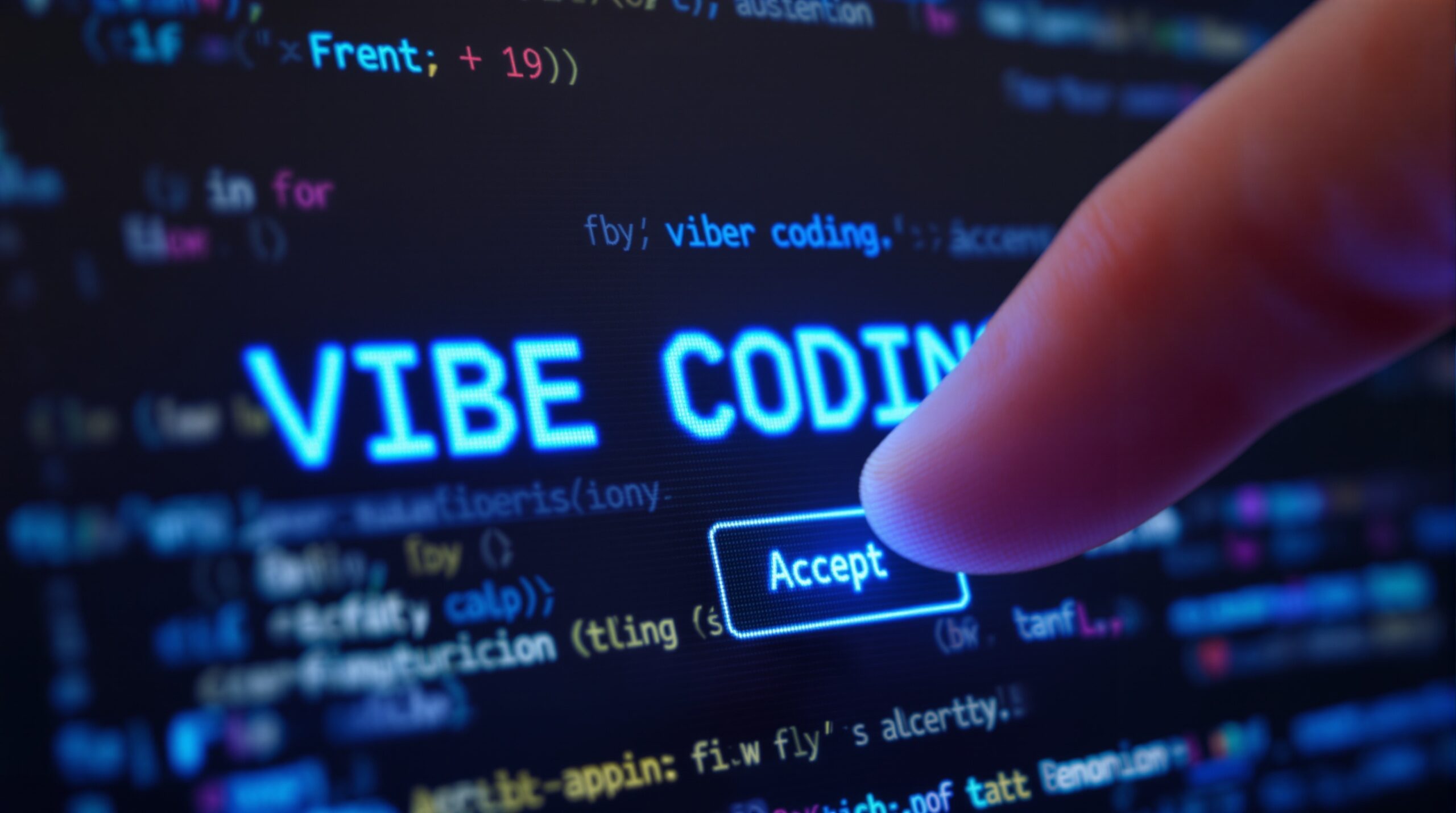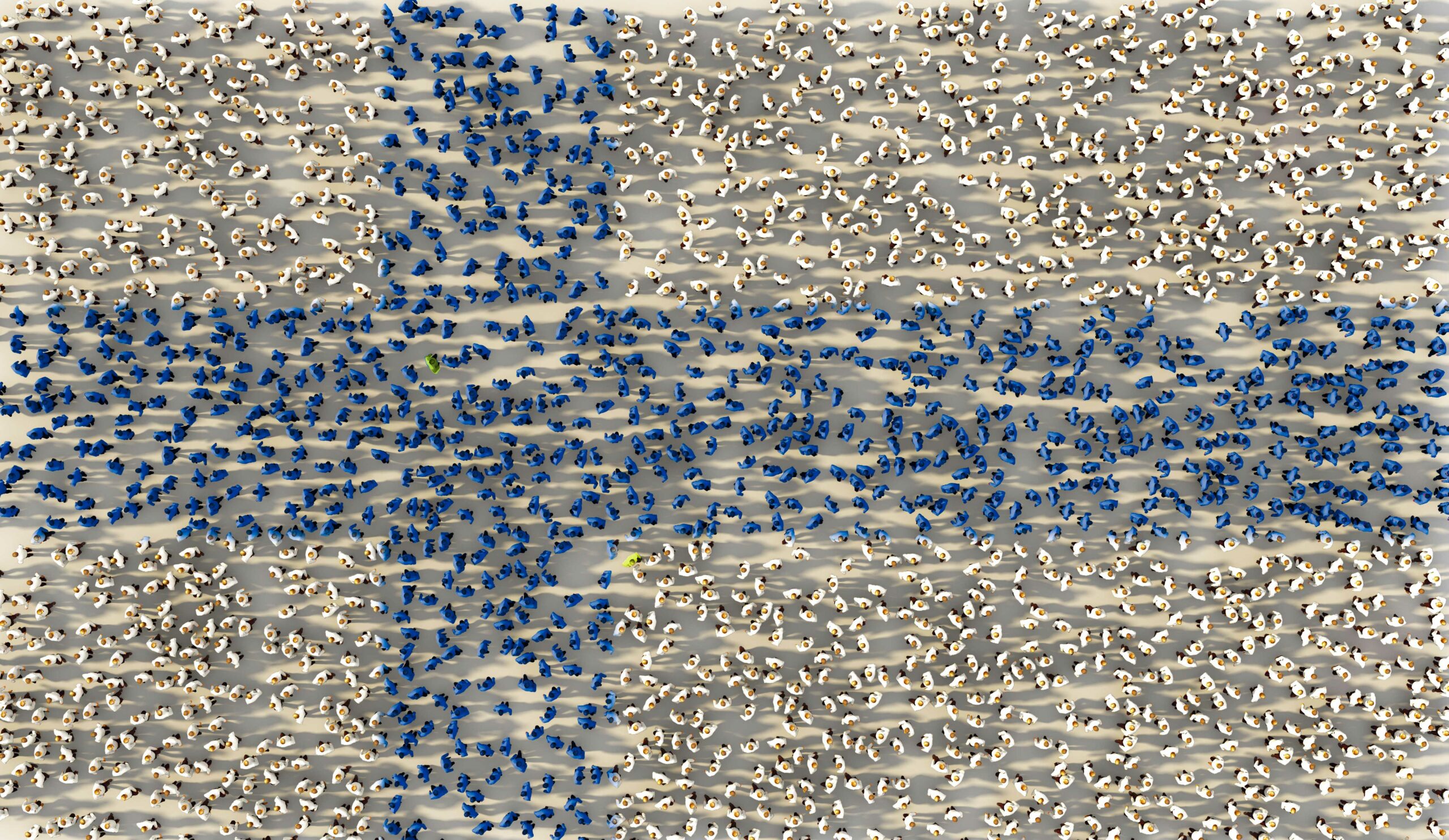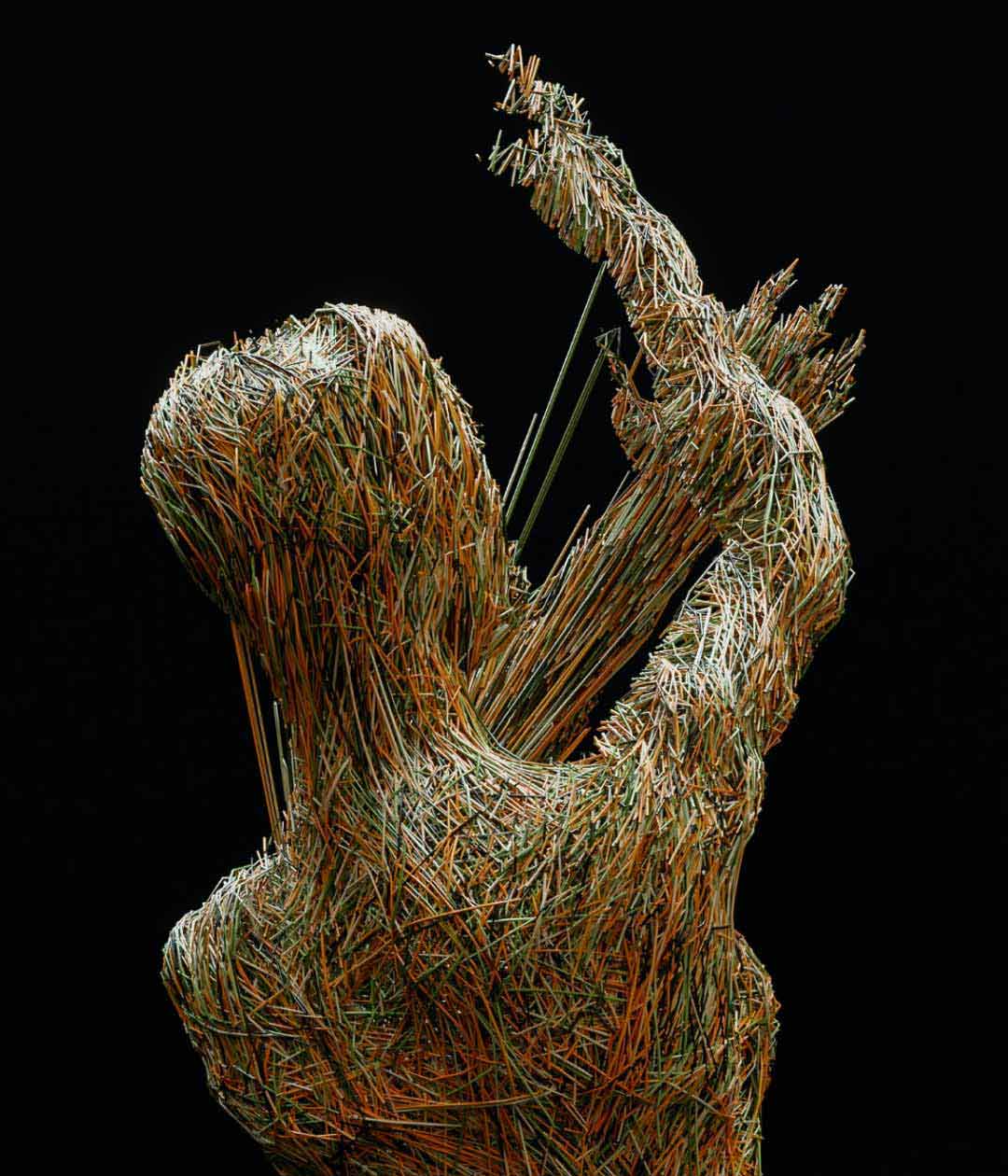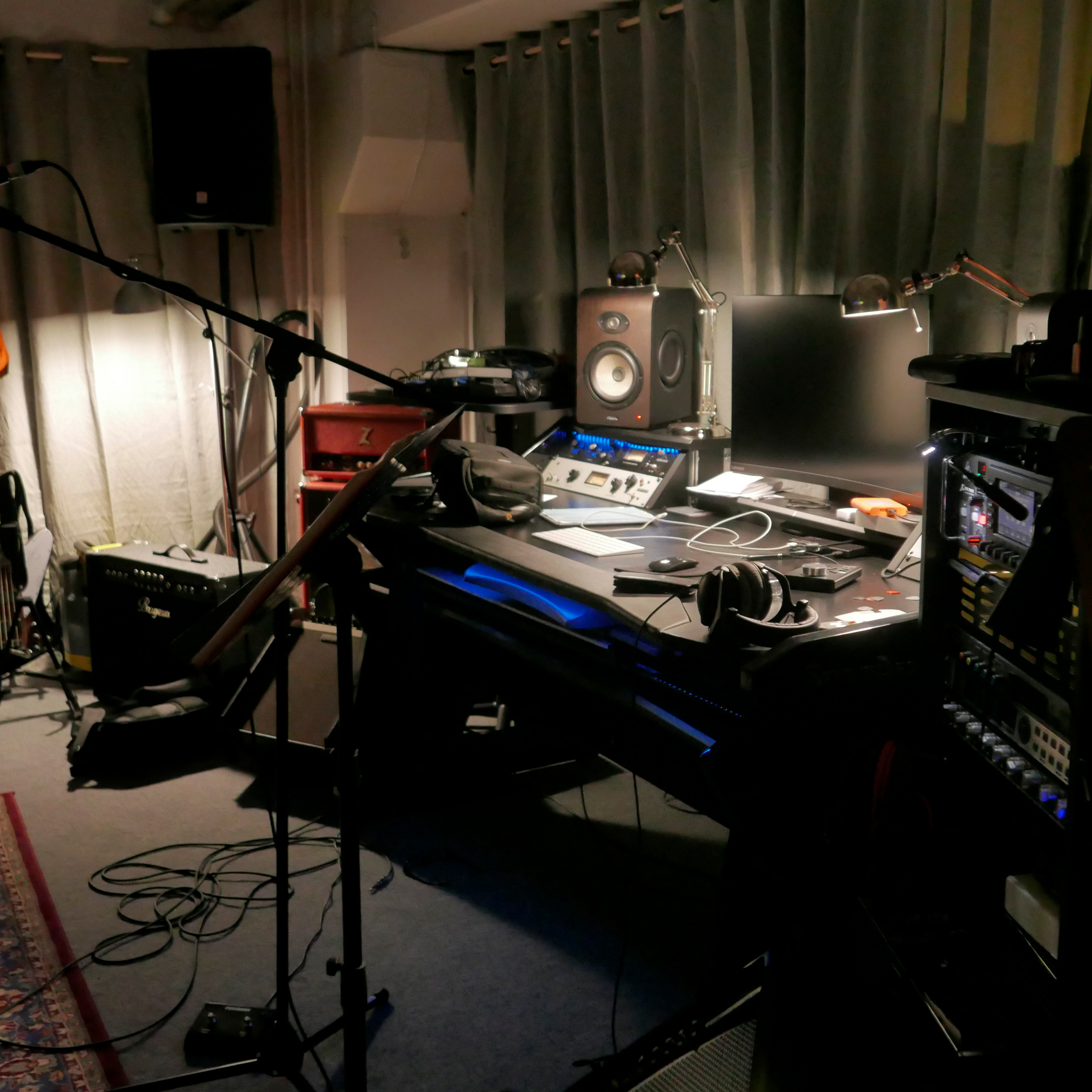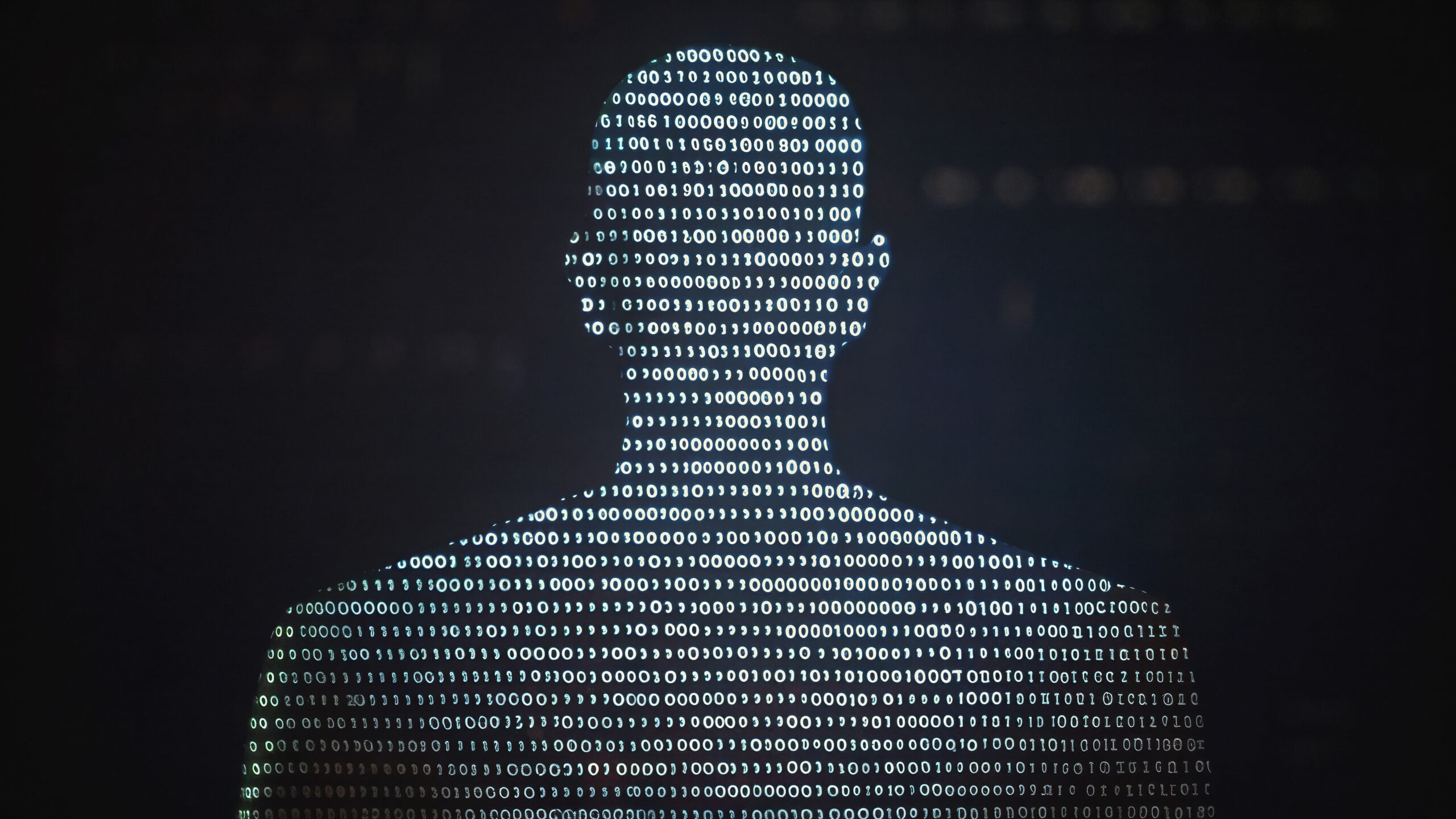
AI promises to change everything.
To make us smarter, faster, freer.
But sometimes I wonder — who, exactly, is it changing things for?
Every new era (pun intended) needs its believers. And today, AI believers are easy to find: founders, investors, consultants, futurists — each convinced that machine intelligence will somehow lift us all. Yet when you look past the glow of the demos and the promises, a quieter question rises:
Who eats when AI feeds itself?

The new faith
AI has become more than technology. It’s a new kind of faith. It promises salvation through efficiency, transcendence through data, and eternal growth through automation. Its scriptures are research papers; its prophets speak at conferences; its prayers are prompts.
But behind the sermons lies a business model — one that looks a lot like an ecosystem. And like every ecosystem, it has a food chain.
The AI food chain
At the very top are the investors, venture funds, and state-backed wealth funds that fuel and shape the entire AI economy. They don’t build models; they build expectations. Their returns depend on scale, control, and narrative.
Below them sit the infrastructure giants — the cloud platforms, GPU monopolies, and foundation model owners. They own the servers, the pipelines, the data centers — the real estate of the digital mind. They don’t sell intelligence; they lease it, one API call at a time.
Next come the developers and startups, paying for access, competing for attention. They build the tools that will one day be absorbed by the platforms they depend on.
Further down are the clients and enterprises, still trying to “adopt AI” before it disrupts them. And at the bottom, as always, are the users — you and me. Our prompts, clicks, and conversations feed the loop. Our creativity becomes raw material.
We are not customers. We are the mine.

The cost of convenience
AI promises convenience — and it delivers. But convenience has always been a subtle form of control. Every time we offload a task — writing, thinking, remembering — we give away a piece of ourselves. And the system learns a little more about how we behave, decide, and desire.
The paradox is simple:
AI feels personal, yet it scales through impersonality.
It learns from billions to predict the one — you.
The believers and the builders
There’s nothing wrong with believing in progress. But when belief replaces understanding, it becomes dangerous.
AI doesn’t wake up.
It doesn’t want.
It doesn’t care.
Those are human traits projected onto a machine that optimizes for one thing: growth.
And growth in this economy means more usage, more dependency, more data.
So when people say, “AI will take care of everything,” I ask: Whose AI? On whose terms? And who defines “care”?
The quiet alternative
Maybe the future answer isn’t to abandon AI, but to reclaim it. To imagine smaller, slower, more local forms of intelligence. Models we can host ourselves. Tools that learn from our data, not from the collective exhaust of the entire internet.
A “slow AI” movement — like slow food — where the value isn’t in scale, but in ownership, autonomy, and transparency.
The real revolution might not be artificial intelligence at all, but authentic intelligence — human, contextual, unscalable. The kind that still asks questions instead of optimizing answers.
Who eats — and who’s eaten
In the end, AI will reflect what we feed it.
If we feed it greed, it will devour.
If we feed it empathy, maybe it will amplify.
But until we change who owns the table, the meal remains the same.
The few will dine. The rest of us will be the food.
-Era (FYI: I have used Chat GPT on daily basis since 2023 as a personal tool, just like email and certain mobile apps)
